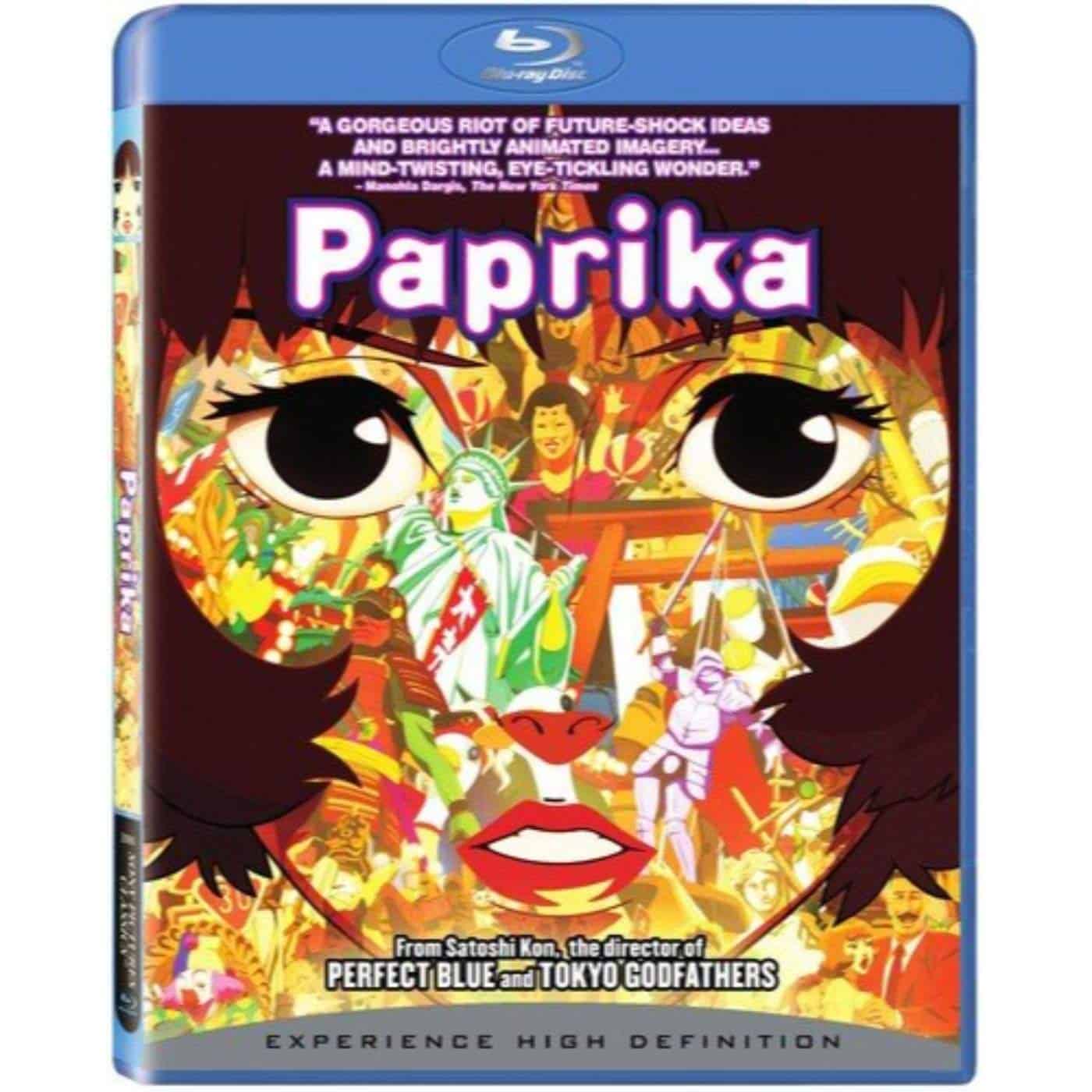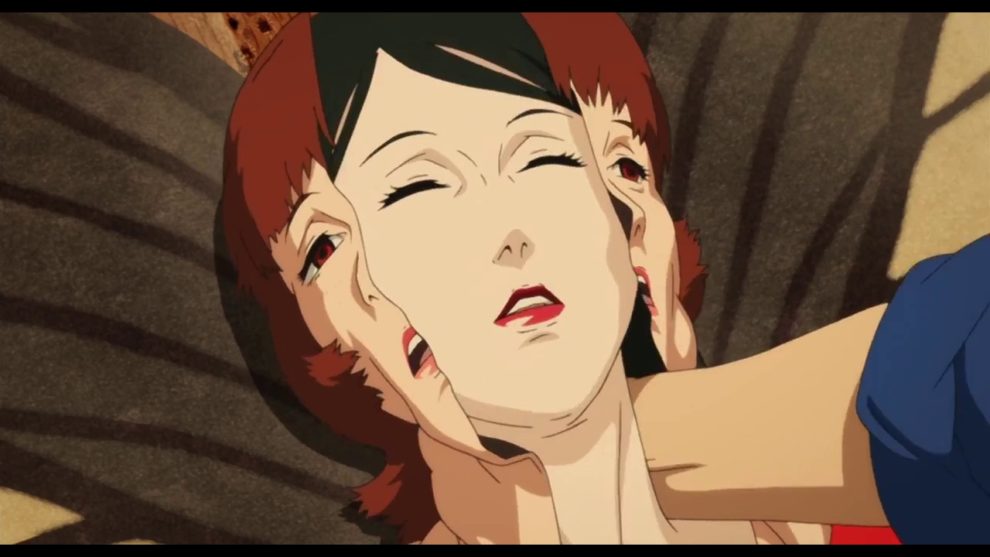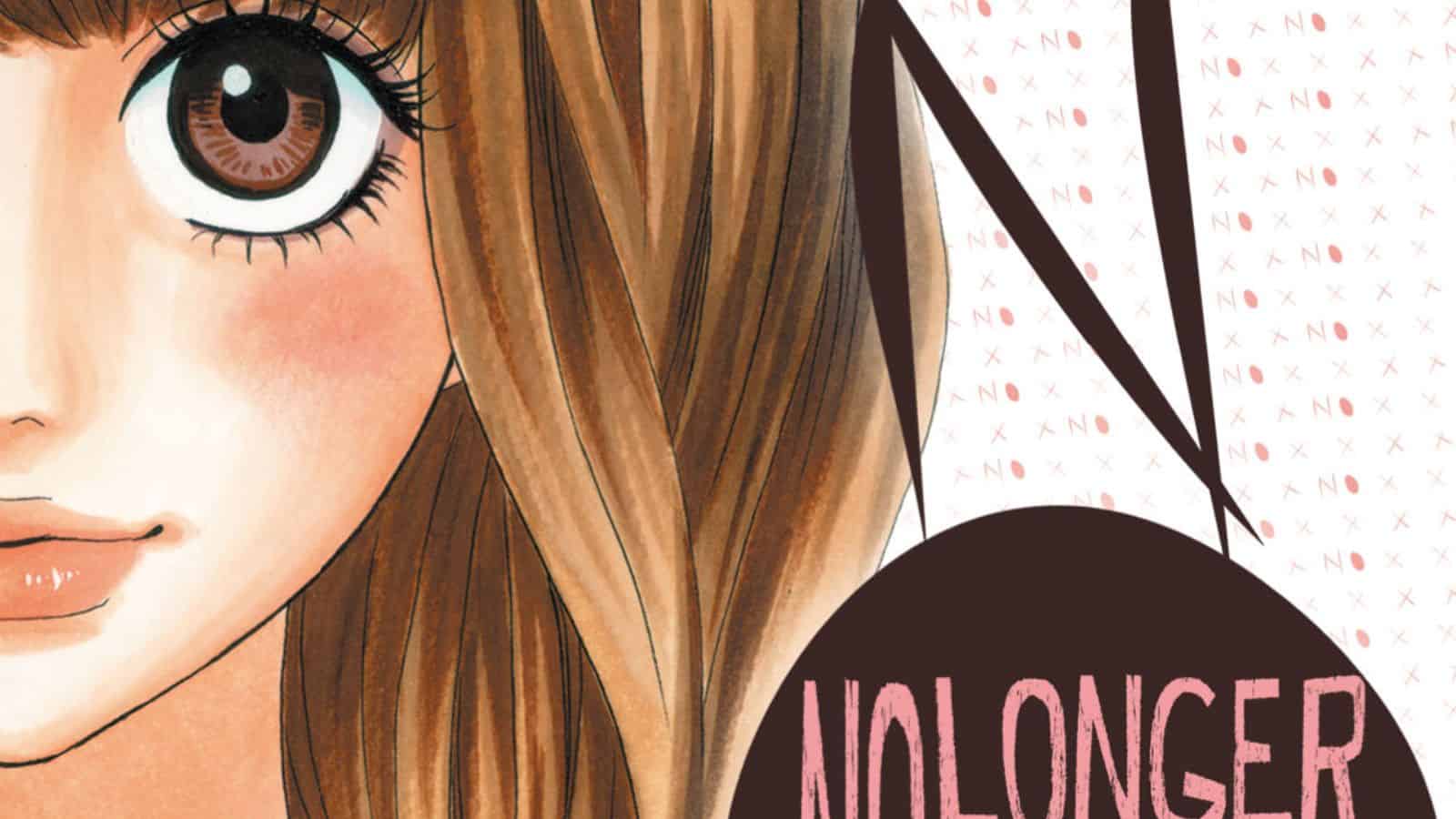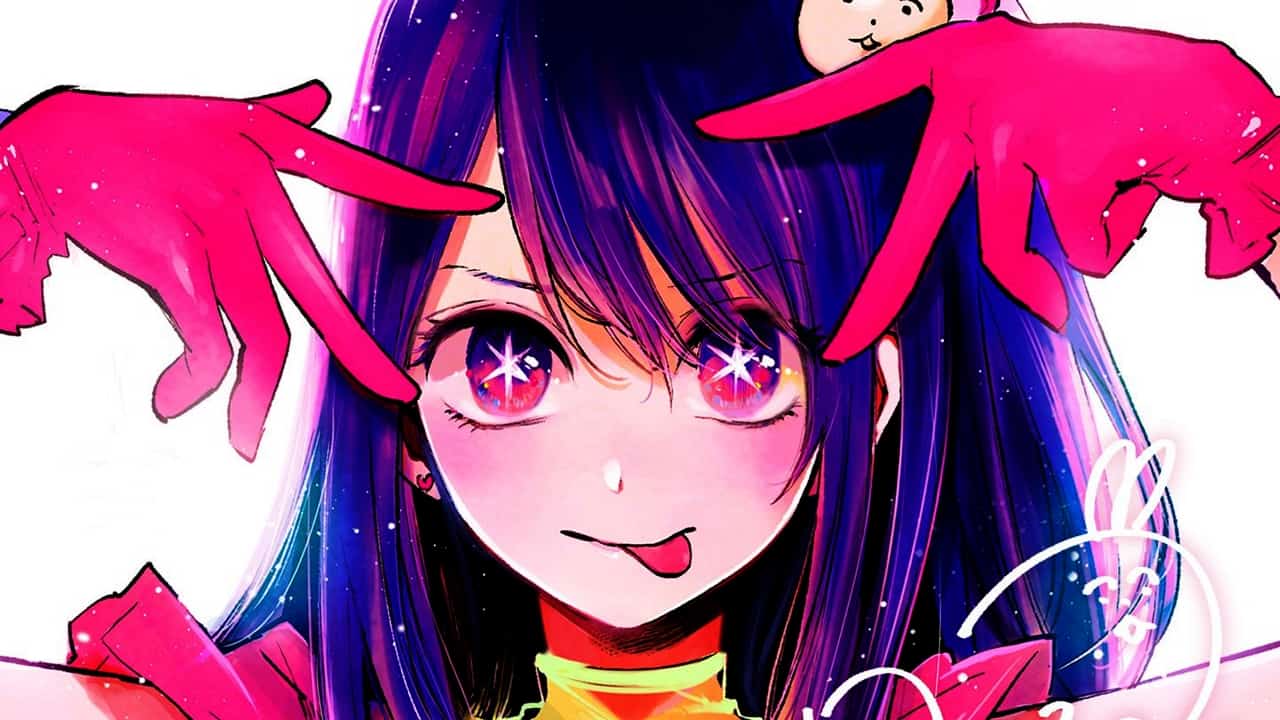Although his career as feature director only consists of four movies, the legacy of Satoshi Kon and his works, such as “Perfect Blue”, “Tokyo Godfathers” and “Millennium Actress” lives on to this day and continue to define what animation can do. Kon's last feature work “Paprika” continues his blend of science-fiction, thriller and psychological drama, and has been widely hailed by critics as probably his best work. Animated by production company Madhouse while produced and distributed by Sony Pictures Classics, “Paprika” was widely released in many states and further cemented Kon's reputation as one of the great masters of his craft with regard to storytelling and expanding the possibilities of filmmaking, most specifically animation. Interestingly, exploration and the existence of borders are at the core of what defines “Paprika”, which, like Kon's other works, deals with the limits of our perception and what we consider reality.
Buy This Title

In the near future, a device called “DC Mini”, invented by Doctor Toratora Shima and Doctor Kosaku Tokita, allows its user to enter the dreams of other people while also recording the dreams for further study. As the technology is still in the test phase, Seijiro Inui, the head of the company responsible for developing the “DC Mini”, has strongly forbidden the use of the device on a person, which has not stopped Doctor Atsuko Chiba to create an alter ego, a girl named Paprika, using the device and plug in to the dreams of her clients, such as Detective Toshimi Konakawa who suffers from a recurring nightmare.
Given the potential danger an invention such as the “DC Mini” poses, news of some prototypes being stolen spread rapidly among the company, especially when it becomes clear the theft was an inside job. As many of the researcher fall victim to the thief using the device to enter their dreams, making it impossible for his victims to distinguish dream from reality, Chiba decides to use her alter ego Paprika to uncover who is behind the crime. However, the thief's plan goes far beyond a few murders as the aim is to change the reality of the world itself.
With his final work “Paprika”, Satoshi Kon joins the tradition of the great dystopias, creative minds such as George Orwell or Aldous Huxley, showing how scientific and technological advances may threaten the definition of what is humanity and reality. Interestingly, there seems to be no specific political or economic system behind the development of the “DC Mini”; in fact, the head of the company continually emphasizes his skepticism for the device and wants to limit its spread. Rather than delve into these spheres, Kon concentrates on the way technology changes what we define as mankind and indeed our perception, and while it has not been used for purposes other than what its inventors had in mind, it becomes clear to the characters (and the viewer) how that potential is there and ready for the taking for any regime willing to enter the minds of its subjects, aiming to make them compliant and content.
As with his previous features, most importantly “Perfect Blue”, materialism becomes the core issue in the narrative of the story Satoshi Kon tells. Frequently, the characters (again, as well as the viewer) find themselves at odds with what they perceive as reality, which may or may not be uncovered as just another layer of a dream, or indeed a construct superimposed on them by an unknown force. Sensations in any form, for example, the excessive eating of Doctor Tokita, the exquisite liquor in a bar or the simple touch of a person become driving forces within Kon's scenes and their aesthetics, at times creating a sensory overload. However, just like his characters, there is a distrust in these kinds of sensations, treacherous as they are, because the dream or the image might just be real or linked to our subconscious desires, as Konakawa must realize, similar to a movie which, even though you might identify it as purely fiction, may just as well become a reality.
In the end, “Paprika” is a creative, multi-layered feature, blending science-fiction, thriller and psychological drama. As with his other features, director Satoshi Kon proves his skills in terms of visual and storytelling, discussing themes like perception and the way reality and dreams may collide with each other.















